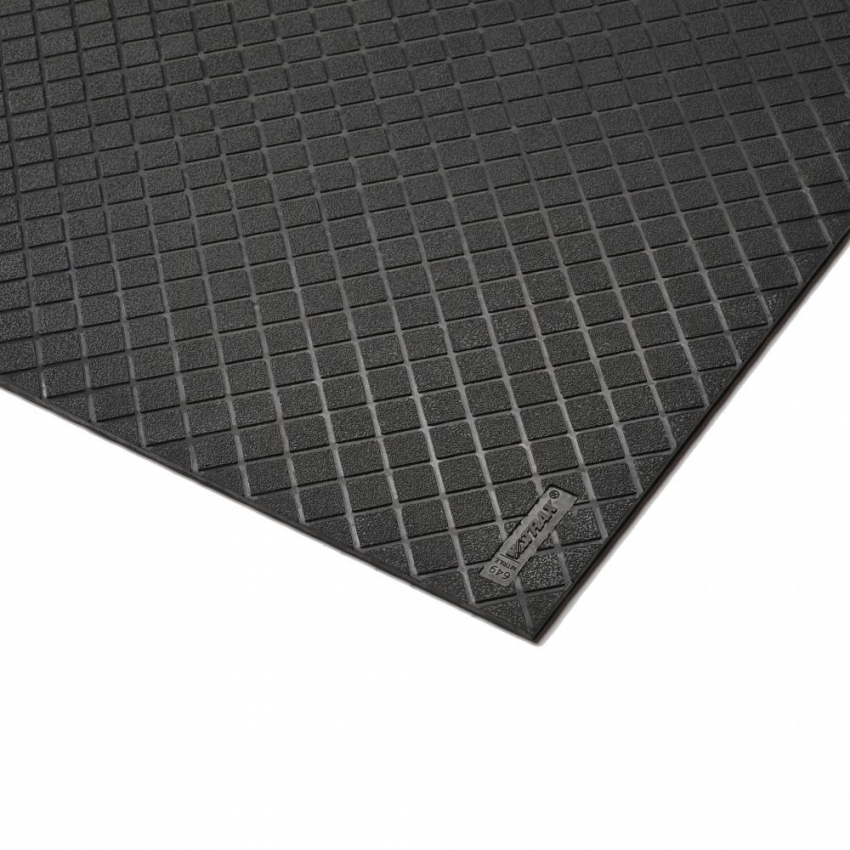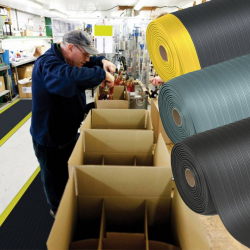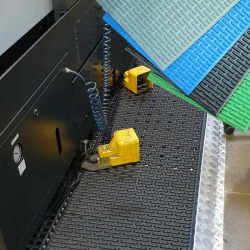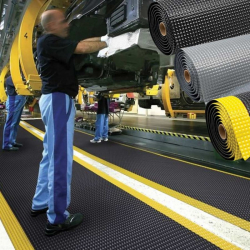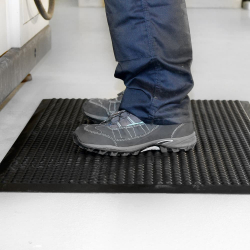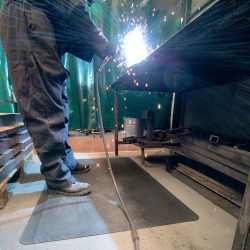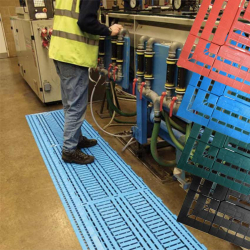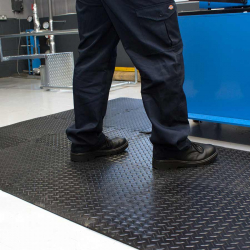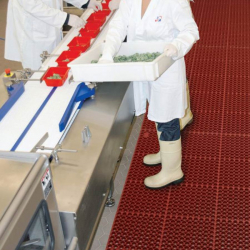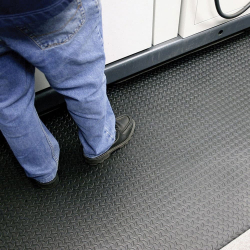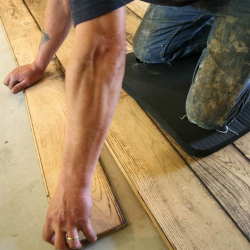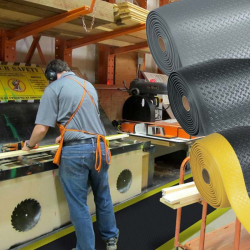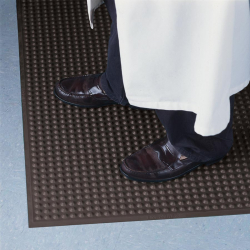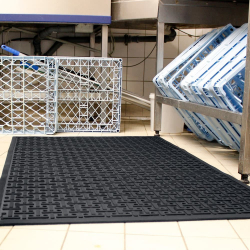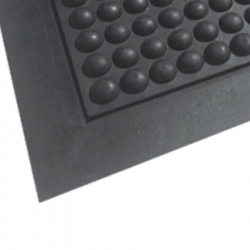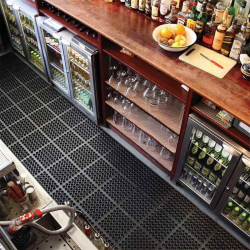Individual nitrile mat
Dry environments - Intense use
The advantage of this anti-fatigue mat is twofold, thanks toits surface. This surface gives operators a firm foothold and allows any oil accidentally spilled onto the mat to be drained off through the gutters. Its 100% nitrile rubber composition makes itresistant to chemicals and industrial oils. For safe working, the mat has visibleorange rubber edges on 3 sides. Standard-sized mats are easy to install, stay in place and are 20 mm thick to ensure operator comfort.
SPECIFICATIONS
- Resistant to industrial oils and the most aggressive chemicals
- Anti-slip rating: R10
- Orange borders on 3 sides comply with OSHA 1910-144 code
- Free of DOP, DMF, ozone-depleting substances, silicone and heavy metals
RECOMMENDED APPLICATIONS
Heavy-duty - Dry industrial environments
Manufacturing plants, production lines, assembly lines, metalworking, individual workstations and custom platforms.
RECOMMENDEDACCESSORY
551 MD Ramp System (5 cm wide connectable safety ramp, orange)
552 MD-X Ramp System (15 cm wide connectable safety ramp, orange)
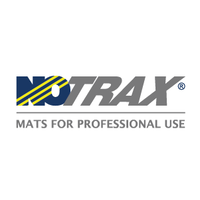
| 649 Safety Stance Solid |
Data sheet
| Format | Mat |
| Surface | |
| Properties | Anti-fatigue |
| Composition | |
| Thickness | 20 mm |
| Weight | |
| Resistant to chemicals | Yes |
| Environment | Dry environments |
| Intensity of use | Very intense |
| Hardness | |
| Wear index | 3/3 (Excellent) |
| Anti-slip classification | R10 |
- musculoskeletal disorders (MSD),
- electrical shocks ,
- ensure a clean and healthy environment in the food industry, by preventing the proliferation of bacteria for example.
- Anti-fatigue mats : can be used in manufacturing industries, packaging centers, retail outlets and catering establishments.
- Antistatic mats: used in industries (welding stations).
- Agri-food mats: used in industrial kitchens, restaurants/hotels, canteens, etc.
- Wet environment: in a wet environment, the mat must not be slippery, so it must have anti-slip properties and a perforated surface to allow drainage of liquids.
- Dry environment: in a dry environment, the mat must have a granular, ergonomic bubble, striated or diamond plate surface. However, depending on the environment in which the mat is used, it must meet specific hygiene standards (kitchens, pharmaceutical industries, food processing plants, etc.).
Industrial mats meet the needs of ergonomic workstations and employee well-being.
They prevent:
There are many uses for industrial mats:
Safety criteria: The mat must cover the entire workstation, be firmly attached to the floor, not shift or slide, and have bevelled edges to prevent falls.
Thickness and flexibility criteria: Contrary to what you might think, you shouldn't choose a very thick or very soft mat. The mat should have a certain elasticity, but still allow a comfortable standing position, without the user feeling slumped.
Environmental criteria :
Environmental hazard criteria : To establish more precise characteristics for a mat (antistatic properties or fire resistance etc...) we need to take into account the hazards present in the environment where the mat will be installed.
Where hazardous liquids are present in the working environment, the anti-slip properties and chemical resistance of industrial mats should be taken into account. The presence of openings on mats to allow the evacuation of fluids is essential.
Traffic criteria: We need to take into account the traffic that takes place on the equipment: how many workers can walk on it? How often, etc., in order to choose the most suitable mat.
Prevent the many problems associated with poor workstation ergonomics: RSI, static shock, bacterial proliferation, etc.
We offer a wide choice of industrial mats: on rolls, in standard sizes, made-to-measure or modular mats to suit all types of workstations.

